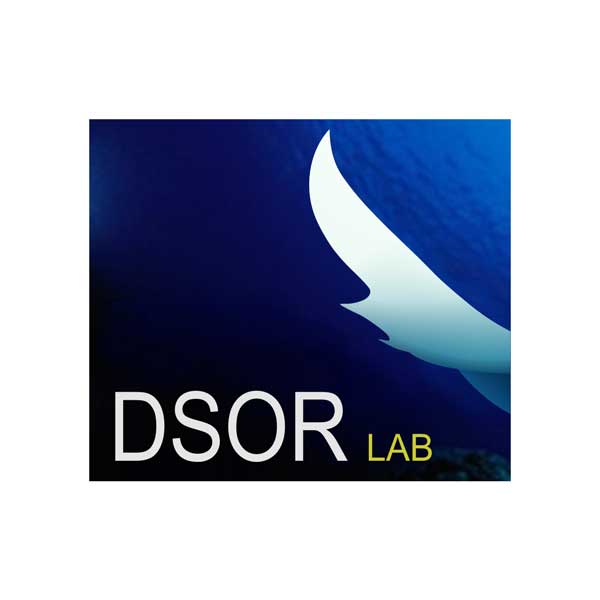The objective of this research program is threefold: i) to investigate the technologies required for the development of small autonomous underwater vehicles (AUVs), ii) to develop methods for integrated design of underwater vehicles and dynamic controllers, and ii) to study new methodologies for the design of path following control laws for autonomous vehicles as well as for coordinated control of marine robots.
i) Integrated design of underwater vehicles and controllers the key objective is to study the problems of AUV modeling and parameter estimation in conjunction with control system design, as a means to predict the expected dynamic performance of underwater vehicles under closed feedback control, and thus guide their design phase well before they can be tested at sea. AUV modeling and parameter estimation requires a combination of analytical and semi-empirical methods, together with actual testing of scaled version of vehicle models in hydrodynamic tank facilities. The methodologies explored for control system design are firmly rooted in the field of control systems theory and borrow heavily from the areas of Linear Matrix Inequalities (LMIs) and Convex Optimization, which are the subject of current research.
ii) AUV control under wave disturbances – the main theoretical tools used are stochastic linearization and linear matrix inequalities. The first allow for the computation of the “linear simplified model” of a full stochastic model for the AUV; the latter is specially suited to address multiobjective design criteria such as minimizing the effect of wave action while maintaining sufficient control authority for depth maneuvering and robustness against plant uncertainty.
iii) Path following in 3-D the key issues in this research topic are the control of ocean vehicles for accurate path following in 3-D and the control of vehicles working in cooperation. The methodologies being used borrow from Lyapunov stability theory.
iv) Technologies for the development of small AUVs this initiative was started in cooperation with the National Institute of Oceanography (NIO) in Goa, India, with the objective of investigating basic technological issues that will play a key role in the development of a future breed of AUVS. The long term objective is for the ISR and the NIO to design and actually build two identical copies of a small AUV that will be used in oceanographic missions in Portugal and India. This is currently being pursued in the scope of the MAYA project.
